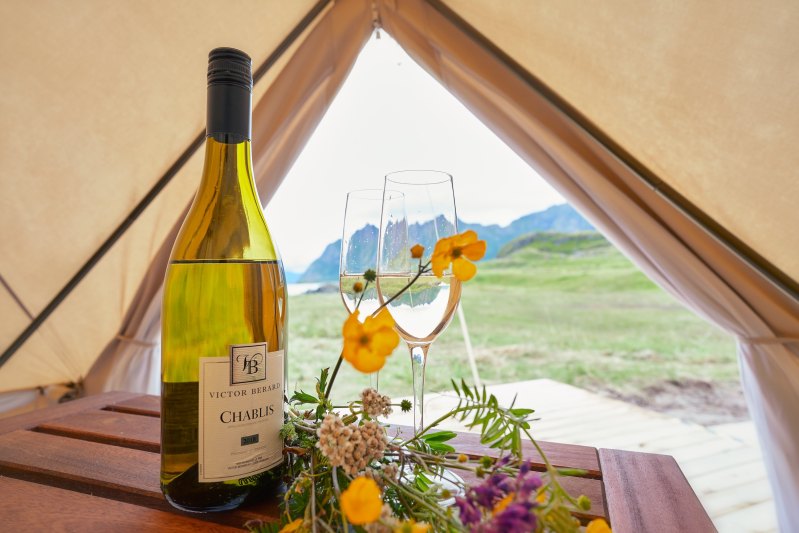
According to Dyrt’s 2023 camping report, more than 80 million Americans went camping last year, and 1.7 million said that they primarily went glamping. That’s a 10% increase from last year. The Dyrt, a website with more than eight million user-generated reviews for RV, cabin, glamping, and tent camping, put together a list of the best glamping spots. With glamping on the rise, here are the six best glamping destinations to try out.
Space Cowboys, Texas
Price: $40-$330 per night
Just a stone’s throw away from the legendary Big Bend National Park lies Space Cowboys, a glamping experience like no other. This mirror space pod ranked #1 on Dyrt’s 2023 report, and there’s no question why. Nestled in the heart of the Texas landscape, this glamping spot was forged by the fiery forces of nature itself. Made predominantly of volcanic rock, it offers a jaw-dropping 360-degree view of Big Bend National Park and the majestic mountains that encircle it.
Desert Glamping Getaway, Arizona
Price: $80 per night
The Desert Glamping Getaway was created by the Arcadian American Farms (AAF) with a focus on offering a glimpse into the future with modern farmsteading and glamping. Located just off Highway 40, this spot is just 25 miles from Kingman. It’s only two hours (or less!) from many amazing destinations, such as the Grand Canyon, Sedona, Flagstaff, Las Vegas, and more.
105 West Ranch, Colorado
Price: $125-$175 per night
Brace yourself because the 105 West Ranch glamping site is one of the highest destinations in the United States. Perching at nearly 10,000 feet above sea level, you can view the 100-acre expanse of pristine Colorado mountain land. Explore over three miles of private hiking trails, and check out Pikes Peak. But don’t think that this glamping spot is too remote — a mere 15-minute drive will transport you to the charming town of Victor, and 25 minutes will get you to Cripple Creek and its tourist attractions.
Smoky Mountain Mangalitsa, North Carolina
Price: $97-$156 per night
The Smoky Mountains is a must-visit for all camping enthusiasts, so why not try glamping at the Smoky Mountain Mangalitsa? This picturesque location is set on a private property that was once used for raising dairy cattle. Now, the farm raises and sells the Hungarian Mangalitsa pig to the best chefs and restaurants.
Huttopia Southern Maine, Maine
Price: $110-$490 per night
This hidden paradise is exactly what you need for a woodland getaway. Originally started by Céline and Philippe Bossanne of France, Huttopia in Southern Maine features over 107 camping spots for tent sites, cabins, or glamping. It’s set right by a large, fresh-water pond and is surrounded by a gorgeous forest. You don’t even have to worry about food! The delicious homemade bistro is accessible at any time of the day, so you can enjoy your vacation to the fullest.
Glamping Canyonlands, Utah
Price: $150-$195
This safari tent is everything you need for a great glamping trip. Furnished with comfortable bed fittings, rugs, string lights, and even a private fire pit, the Glamping Canyonlands is a great option for your next trip. There are four sites in all, and three communal bathrooms. One even has a glass roof, and there’s even an outdoor kitchen and a sauna for you to enjoy. Stay connected with Starlink internet, and enjoy freshly brewed French press coffee in the morning.
With the growing interest in glamping, it’s clear that more travelers are seeking the perfect blend of outdoor exploration and upscale comfort. As the glamping industry expands and more destinations emerge, camping enthusiasts can look forward to an array of options to satisfy their desire for an extraordinary outdoor getaway.



